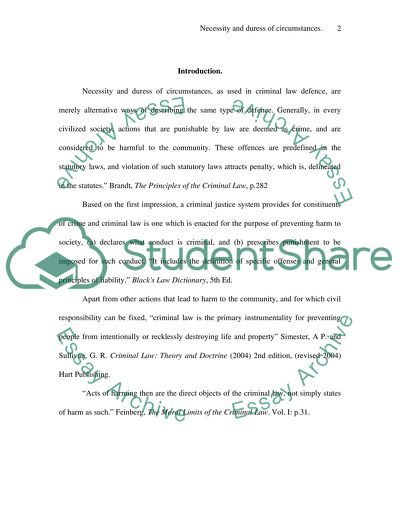Cite this document
(“Terms 'necessity' and 'duress of circumstances' Case Study”, n.d.)
Retrieved from https://studentshare.org/law/1509980-terms-necessity-and-duress-of-circumstances
Retrieved from https://studentshare.org/law/1509980-terms-necessity-and-duress-of-circumstances
(Terms 'necessity' and 'Duress of circumstances' Case Study)
https://studentshare.org/law/1509980-terms-necessity-and-duress-of-circumstances.
https://studentshare.org/law/1509980-terms-necessity-and-duress-of-circumstances.
“Terms 'necessity' and 'Duress of circumstances' Case Study”, n.d. https://studentshare.org/law/1509980-terms-necessity-and-duress-of-circumstances.


